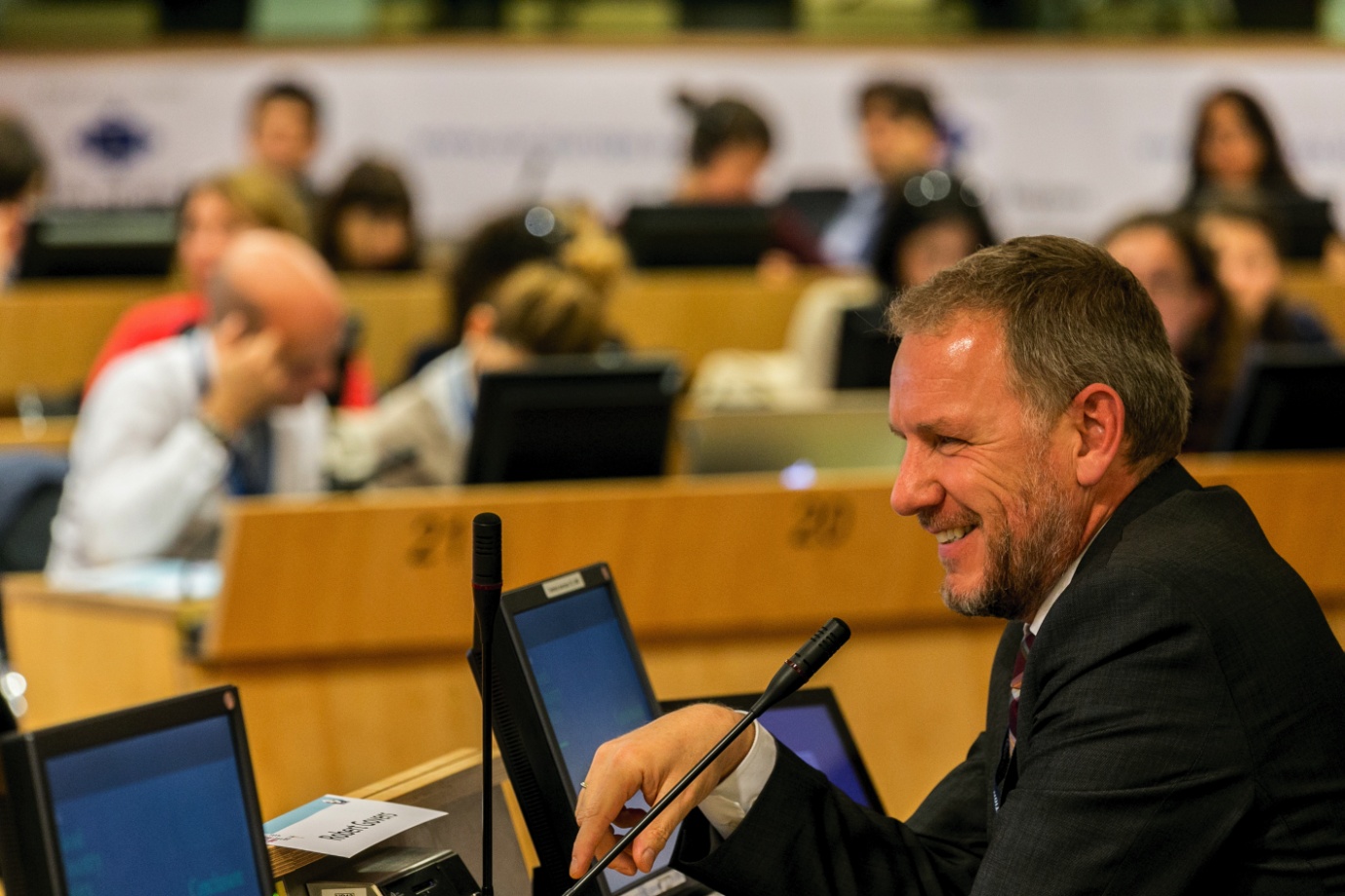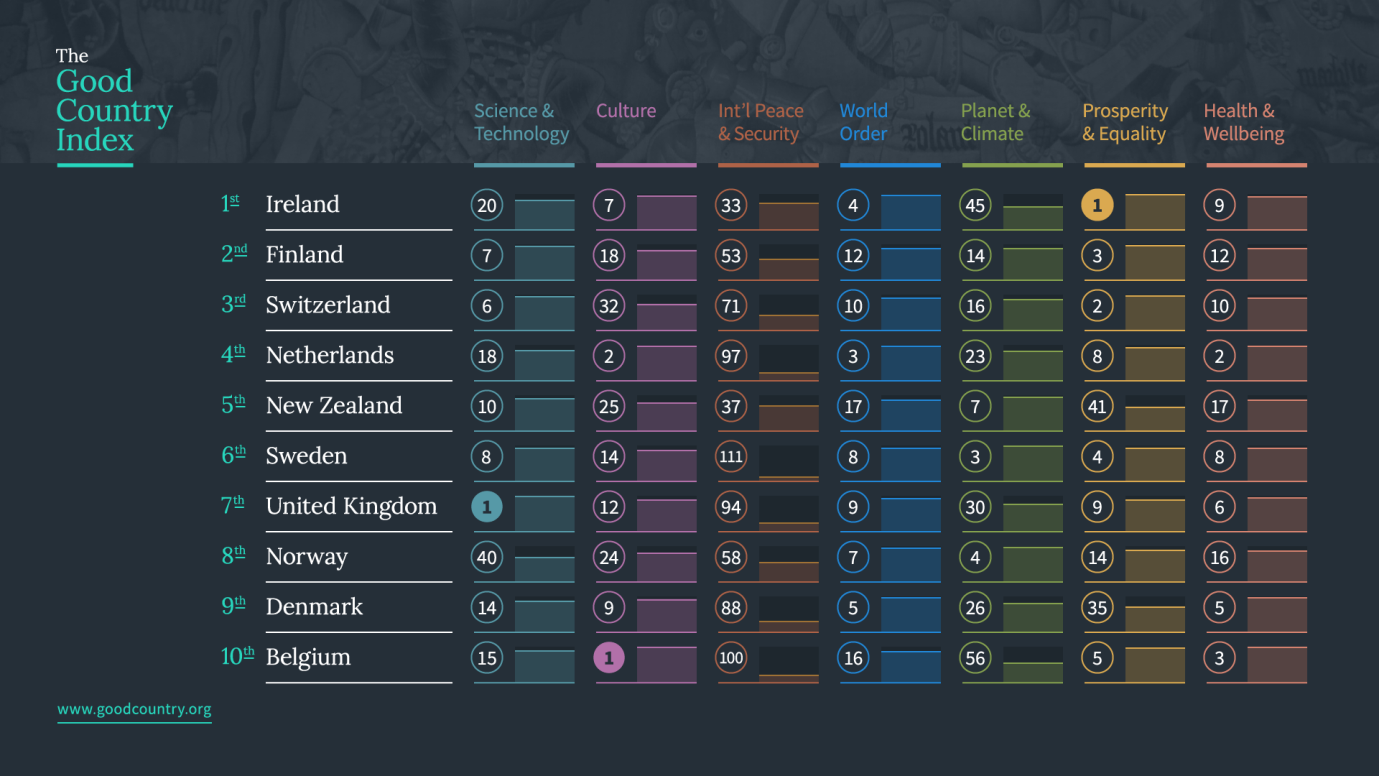Place reputation scholar and advisor Robert Govers in this interview offers exclusive insights into the past and future of place branding research and practice. Together with his colleagues Gerard van Keken and Erik van ‘t Klooster, Robert Govers developed the place branding principles and a five-step approach to place branding.
Learn about:
- How perceptions, which are largely based on clichés, don’t change very much over time;
- Why you should change the narrative of competition and presence to one of collaboration and esteem;
- Why contributing positively to humanity can be the best place brand strategy;
- Which are the main challenges for place branding practitioners;
- What place branders should never do in terms of communication;
- Which are the main barriers between academics and practitioners devoted to the topic.
Robert, what was your view of place branding when you first started your professional career?
In simple terms I’ve always looked at the brand as the construct that bridges identity and perceived image/awareness (reputation being the average perception among informed publics). To me, as I wrote in my doctoral dissertation in 2005 and published in the book I co-authored for Palgrave with Frank Go in 2009, place branding is about strategies that aim to build brand equity for places by boosting awareness and enhancing positive image associations.
Now at the beginning of 2015, what has changed?
I guess that my view on place branding is still the same, but what I completely underestimated is that everybody – since we are all consumers – seems to think to know what branding is about, even though it is largely misunderstood, particularly among policy makers, whom, if I summarise, equate brand to ‘logo’.
This limited view might not be dramatic for the effectiveness of commercial branding, but it is fatal for place branding, as I’ve tried to explain in this editorial for the quarterly journal of Place Branding and Public Diplomacy.
People just don’t think about other places very much and perceptions, which are largely based on clichés and stereotypes, don’t change very much over time. So to think that weak instruments, such as logos and advertising campaigns, can influence reputation is a mistake.
As a leading place branding “thinker” and “doer”, which have been the main insights for you personally and professionally?
For me personally, my research and consultancy over the last 15 years has led to frustration with the fact that globalisation has accelerated the challenges facing humanity, but even though we now have the technology and international media, globalisation has done little in terms of extending our patience with and understanding and appreciation of ‘the other’.
It is high time we change the dominant narrative of competition and presence to one of collaboration and esteem (from jockeying for positions to respected reputation).
As a scholar and advisor I’ve become even more convinced that to change reputation is to contribute to humanity. This is why I got involved in Simon Anholt’s www.good.country project. The 70% correlation between the Anholt GfK Nation Brands Index and the Good Country Index shows that for places to be admired, they need to be admirable.
What fascinates you about the place branding topic?
Its complexity and that it can certainly contribute to the quality and imagination of policy making to incorporate the international dimension and take account of reputational effects.
Where do you see the main challenges for place branding practitioners?
To make sure that the place branding baby is not going to be flushed with the bathing water. The often simplistic practice of place branding generally (excluding exceptions, of course, such as presented on this website) has resulted in a lot of criticism and rightfully so.
It is time to convince ‘the market’ that place branding is a proper discipline with many potential virtues, but is certainly not a quick fix. Fortunately, the specialised and committed community of people that have dedicated their careers specifically to this discipline is working on this, so there is hope.
Where are the main opportunities?
Places starting to understand that they need to consider reputational effects of their decisions and hiring true experts to help them in the process.

Which has been your favorite (place branding) book in 2014? And which books are on your reading list for 2015?
For 2014, I’d have to say Rethinking Place Branding by Mihalis Kavaratzis, Gary Warnaby and Gregory Ashworth (Editors) of course, as I contributed a chapter on e-Branding.
For 2015, it’s got to be Nation branding by Keith Dinnie, to which I’ve contributed a minor essay on “Nation branding for aspiring independent states”.
Why did you decide to become editor of the academic journal Place Branding and Public Diplomacy?
It is the only journal that specializes in this field and I was honored to be asked by Simon Anholt, founding emeritus editor, and Nick Cull, co-editor, to join the team.
The journal is not in the Social Citation Index and not on any of the lists that universities and quality assessment agencies use to calculate their magic numbers to assess research impact, so we are equally challenged to claim our niche and establish this domain as the researchers themselves are, but we have to do it, because we believe there is a future in it.
We hope the community feels the same and continues to submit good quality papers so that we can gradually build recognition. The number and quality of the submission has indeed increased over the last few years, so the journal is doing well, celebrating 10 years of existence.
Why did you join Simon Anholt as managing researcher for the Good Country Index?
Simon Anholt is the founding father of this discipline and even though there are nuances in the way we interpret what it means to look at places as brands and how reputations can be managed, I have tremendous respect for his pioneering work and ideas. We have loosely collaborated since 2010 and when he came up with the Good Country concept and mentioned it to me, I soon realized its potential and timeliness.
The first edition of the Good Country Index, as we’ve launched it in July 2014, was obviously a first stab at trying to measure the concept. It is far from perfect, but we’re working hard on finding the funding and structure to build this into a serious global initiative. So far it’s all been voluntary work.
 How does the Good Country project help place branding professionals?
How does the Good Country project help place branding professionals?
We’ve been saying for many years that for places to be admired, they have to be admirable, which means that only real policy changes and initiatives that make contributions to humanity will improve reputation. The Good Country project provides measurability and creative support for this idea.
For places to be admired, they have to be admirable.
Responsible marketing has become a very popular concept. How would you define responsible place branding?
In my conceptual understanding of place branding, it is about responsible governance, by definition. Not just because admiration by foreign publics can only be the result of governing bodies taking responsibility for humanity and the planet besides their own electorate and territory, but also because place branding reduces competition. If places are able to build reputations based on unique local identities and achievements, their positioning should allow them to break away from competition.
Strong city brands like Paris, London, Sydney, New York, Rome, Amsterdam or Barcelona, have such a unique positioning that they don’t actually compete. They are on everybody’s wish list and hence created a captive market. This means that all that they need to do is to create reasons for tourists to visit now or investors to invest now, which is the realm of ‘product marketing’. The latter illustrates that in my book, marketing and branding are two different things.
The unique positioning of these strong city brands actually provides them with room to manoeuvre and hence allows them to collaborate more closely in city networks, facilitating even more effective and efficient responsible governance.
Unfortunately, often the practice of place branding is irresponsible in as far as it wastes tax payers money on ineffective me-too advertising campaigns, which in fact increase competition as opposed to reducing it.
What should place branders never do in terms of communication?
Pay for it! I.e. they should refrain from advertising. Paying someone to tell the world how wonderful you are only offends people. One can advertise to sell a product to a target market, but that is marketing and not place branding (again, please refer to my editorial here).
As someone who works both in academia and place branding practice, what do you think are the main barriers between academics and practitioners?
The fact that place branding is not the same as commercial branding, while, in fact, many commercial branding agencies have jumped on the bandwagon saying the opposite, i.e. that place branding is nothing more than the application of commercial branding principles to places, which is, of course, in their own interest. In that sense, I completely understand Simon Anholt’s frustration with claims that he was the one who invented the term.
Needless to say, as this website shows, there are certainly practitioners out there that have a more informed view and that have dedicated their careers specifically to place branding. Unfortunately, they are a minority, but we’re all united in the struggle to compete with the many (often small and local) agencies that sell simple logos and slogans, while discrediting the discipline as governments find out that this doesn’t work.
Hopefully, in future, these governments will start looking for more intelligible solutions as opposed to writing it off.
Thank you, Robert.
 About Robert Govers
About Robert Govers
Robert Govers is the managing research partner of www.good.country and an independent advisor, researcher, speaker and author on the reputation of cities, regions and countries. He has also been an adjunct or visiting scholar at the University of Leuven, Belgium; Rotterdam School of Management, The Netherlands; IULM University Milano, Italy; and several institutes in Dubai, United Arab Emirates.
Robert teaches Place Branding on the UNESCO World Heritage at Work Master programme in Torino, Italy and is co-editor of the quarterly journal, Place Branding and Public Diplomacy. Together with Prof. Dr. Frank Go, Robert is the author of: Place Branding: Glocal, virtual and physical, identities constructed, perceived and experienced (2009) and editor of the International Place Branding Yearbook Series (2010, 2011 and 2012) all with Palgrave Macmillan.
He also co-authored over fifty journal articles, book chapters and conference papers and has delivered numerous public speeches and business publications.
Connect with Robert Govers on LinkedIn or learn more about his work and services here.


